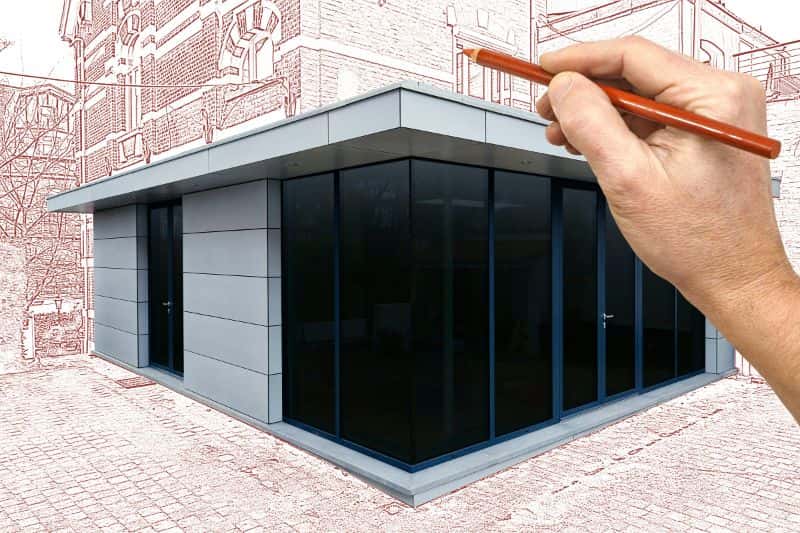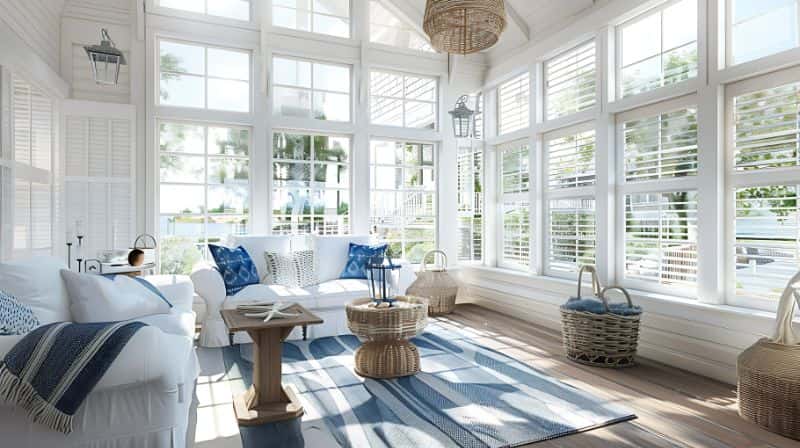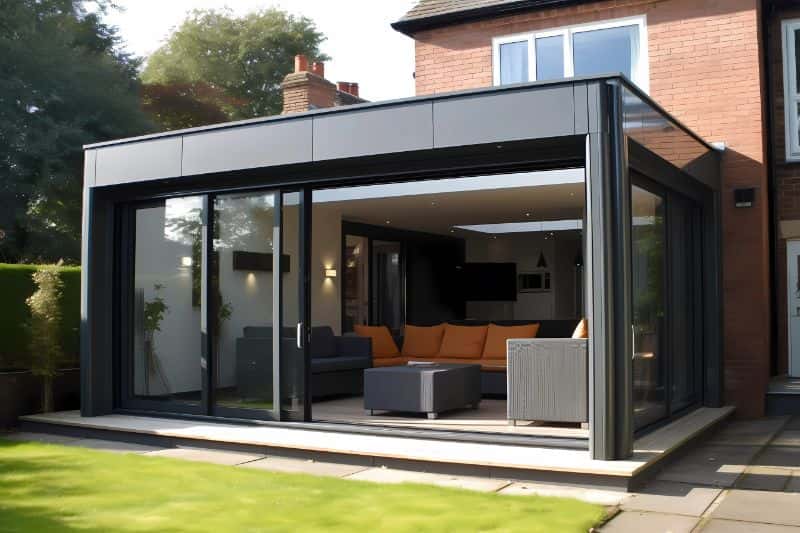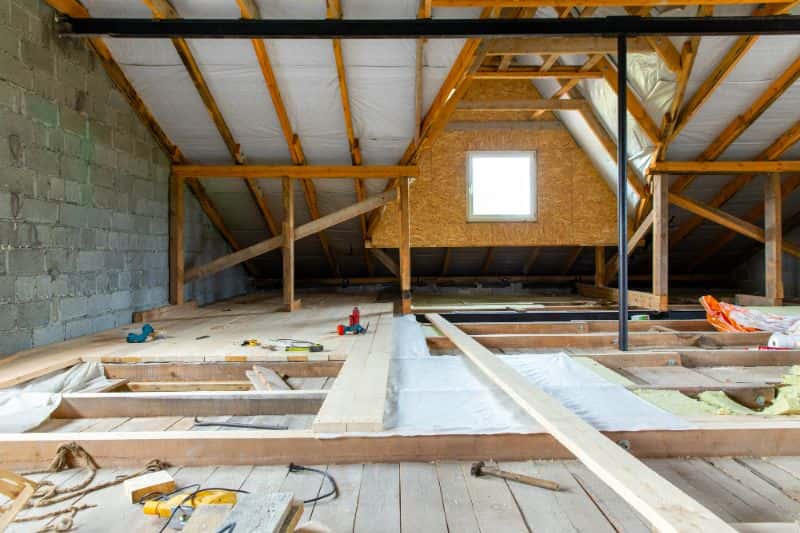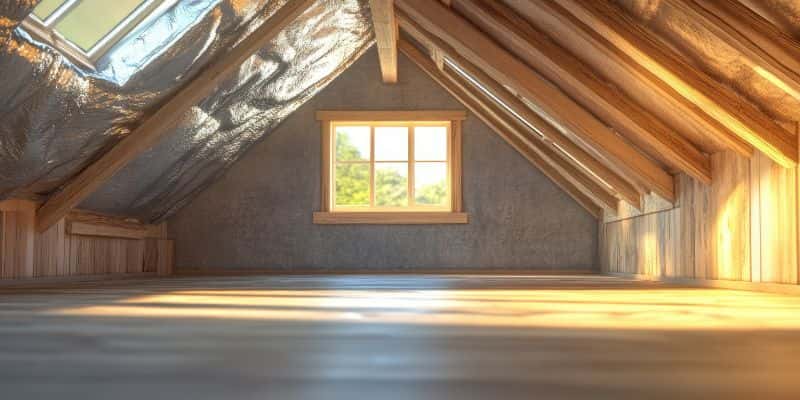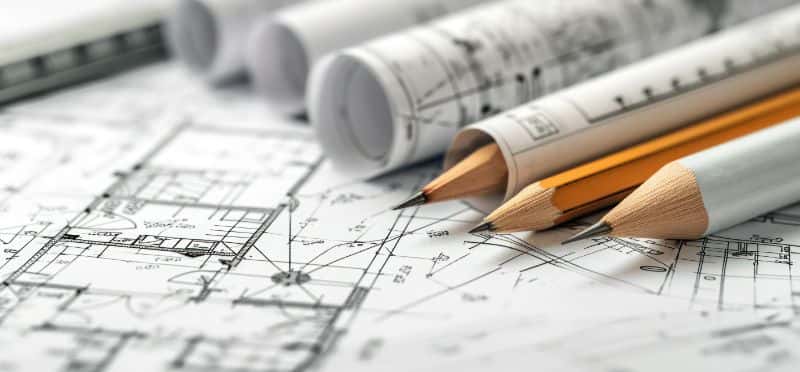Building out is generally cheaper than building up.
Before planning your project, consider your budget, the type of room or rooms you need, and your available space. Your answer will help you to determine whether to build out or up.
Typical Ground level extensions
- Sunroom
- Family or living room
- Garage
- In-Law suite with separate entry
- Kitchen expansion or patio
- Laundry room
- Home office
Side extensions are ideal when you have significant space in your side yard that is available. Popular room additions to the side of homes are bedrooms, bathrooms, and suites. Kitchens can be relocated to the side. An attached garage can also be constructed on the side of the yard.
Typical Second Floor extensions
- Master suite
- Family rooms
- Guest rooms
For a vertical extension (build up), the roof will be removed. You will need to move out temporarily while the roof is off. Your utility services (water, power, and internet) will also be off during the construction.
A staircase will also be added on the ground floor which will reduce the square footage available. Your designer or contractor can find a convenient place to install a staircase.
The size, shape, and current footprint of the home and your yard space will also point you to the right direction. If you have a small yard, you have limited space for a rear extension. A second floor addition or extension may be a better option.
Foundation, Supports, & Other Expenses
If you build up, you will add a foundation and other supports. If you build out, the new space will need traditional foundation and framing. A reputable contractor can give you a detailed breakdown of the cost of your project.
Further, the necessary permits will also increase the cost of your project.
Take 1 to 2 minutes to fill out our free form to connect with the best home extension professionals in your area.
What are the costs related to a ground floor house extension?
If you are planning your budget for a ground floor house extension, consider the following expenses.
- Adding additional plumbing work
- Permit fees
- Pouring a new foundation
- Upgrading HVAC
A ground floor extension is cheaper than a vertical extension but will give you limited increase in space.






